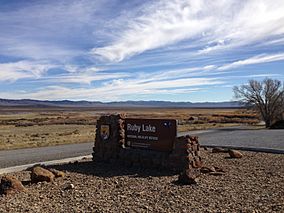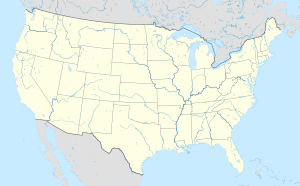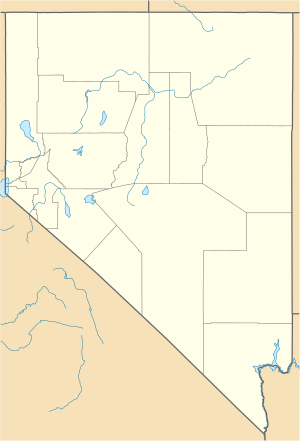Ruby Lake National Wildlife Refuge facts for kids
Quick facts for kids Ruby Lake National Wildlife Refuge |
|
|---|---|
|
IUCN Category IV (Habitat/Species Management Area)
|
|
 |
|
| Location | Elko County, White Pine County, Nevada, United States |
| Area | 37,632 acres (152.29 km2) |
| Established | 1938 |
| Governing body | U.S. Fish and Wildlife Service |
| Website | Ruby Lake National Wildlife Refuge |
The Ruby Lake National Wildlife Refuge is a special protected area located in the northeastern part of Nevada, United States. It covers parts of Elko County and White Pine County. This refuge was created in 1938 to protect an amazing natural space.
It includes about 37,632 acres (which is about 152 square kilometers) of wetlands. Wetlands are areas where water covers the soil, or is present near the surface, for all or parts of the year. They are super important for wildlife! The refuge is found in the Ruby Valley, right next to the Ruby Mountains. It's about 16 miles (26 km) long and up to 3 miles (5 km) wide, sitting at an elevation of about 6,000 feet (1,829 meters).
Long ago, this area was a deep lake. Now, it's a network of marshes and shallow ponds. These waters are fed by natural springs. This unique environment provides a perfect home for hundreds of different species of native and migratory birds and mammals. Migratory birds are those that travel long distances between their breeding and wintering grounds.
The U.S. Fish and Wildlife Service manages the Ruby Lake National Wildlife Refuge. Visitors can learn more at the Visitor's Center. There's also a special auto-tour route. This route lets people quietly watch the many waterfowl, which are birds that live on or near water.
Discover Ruby Marsh
Ruby Marsh is a very important wetland area inside the Ruby Lake National Wildlife Refuge. It's a key spot where many birds come to nest and raise their young. Two special birds that nest here are the greater sandhill crane and the trumpeter swan.
In 1972, Ruby Marsh was given a special title. The National Park Service named it a National Natural Landmark. This means it's recognized as an outstanding example of a natural area in the United States. It's important for its unique geology, plants, and animals.
![]() This article incorporates public domain material from websites or documents of the United States Fish and Wildlife Service.
This article incorporates public domain material from websites or documents of the United States Fish and Wildlife Service.




